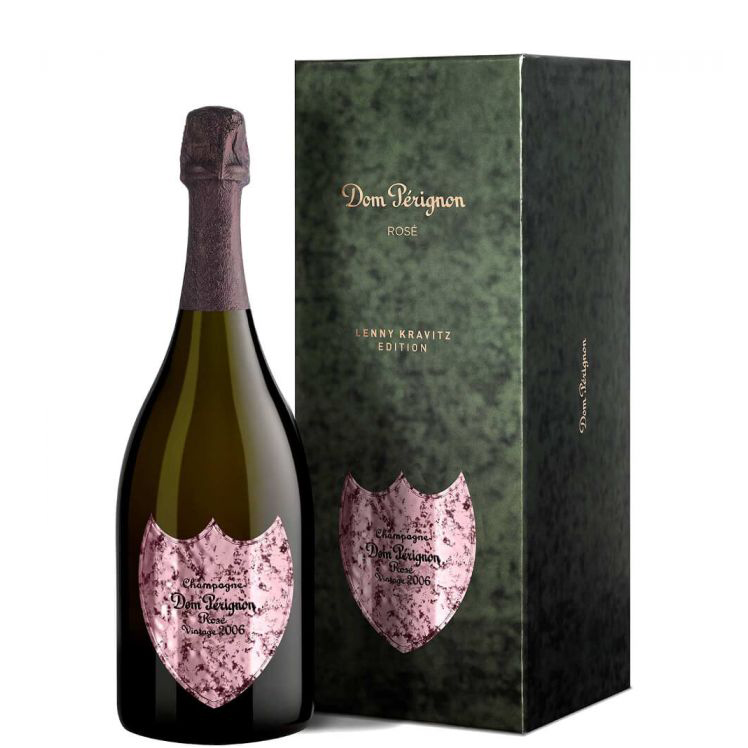Dom Pérignon

Dom Pérignon is Champagne in its highest and most exclusive form.
The label was created in 1935 as a particularly prestigious cuvée of Moët et Chandon, who chose to use some reserves from the great vintage of 1921 and to dedicate this Champagne to the Benedictine monk Pierre Pérignon; according to tradition, in the second half of the seventeenth century it was he who developed the champenoise method.
Dom Pérignon had immediate, great international success, and Moët et Chandon continued to produce Dom Pérignon, choosing only the best vintages from its reserve until 1947, when it was decided to create its cuvée de prestige.
For a long time, Dom Pérignon remained the excellence of Moët et Chandon; it was only in the 1990s that it was decided that the uniqueness of its history should be exploited, and it was turned into an independent brand. It is now part of the French luxury group LVMH, along with other historic names.
Dom Pérignon continues to be produced exclusively in exceptional vintage and always only as a millesime, with a view to create something truly special and unrepeatable every time, because it is tied to the uniqueness of that particular vintage. Since 1921, about forty harvests have been judged suitable; when the quality is not satisfactory, the chef de cave simply chooses not to vinify the grapes from that harvest.
The grapes come from the vineyards – mainly Grand Cru – of the villages of Chouilly, Cramant, Avize and Le Mesnil-sur-Oger (Chardonnay) and Aÿ, Bouzy, Mailly, Verzenay and Hautvillers (Pinot Noir). Vinification takes place in steel and ageing takes at least eight years, with some cuvées exceeding twenty years.
It was Richard Geoffroy – the great Chef de Cave for Dom Pérignon until 2018 – who believed in the evolutionary potential of Champagne and developed a style that could best support it. In 2019 the baton passed to the young Vincent Chaperon, who had been working with Geoffroy since 2005.









